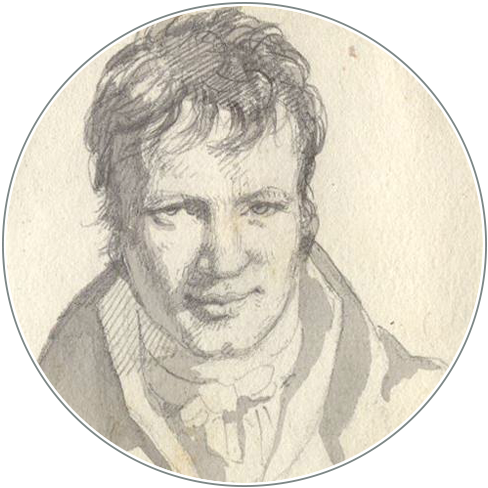„Aus dem Kleinen bauen sich die Welten“ - Christian Gottfried Ehrenbergs ökologische Mikrobiologie avant la lettre
DOI:
https://doi.org/10.18443/318Parole chiave:
Ehrenberg; Mikrobiologie; Ökologie; Cholera; Protistologie; Infektion; Infusorium; MikroskopieAbstract
Zusammenfassung
Die Geschichte der Mikrobiologie als Laborwissenschaft des späten 19. Jahrhunderts hat für Ehrenberg keinen Platz. Unmodern, ja fehlerhaft scheinen die Befunde dieses „Humboldt en miniature“, der die Belebtheit von Wasser oder Luft mikroskopisch untersuchte, der Proben aus aller Welt sammelte und so zahlreiche „Infusorien“ genannte Mikroben sowie deren Effekte etwa bei Blutwundern beschrieb, deren Beteiligung an Infektionskrankheiten aber verneinte. Zugleich scheint sein ökologischer Blick auf den Mikrokosmos die Gegenwart auf überraschende Weise anzusprechen – einerseits weil Mikroben omnipräsentes Faszinosum wie Bedrohung bleiben, andererseits weil viele der Prämissen von Pasteur und Koch im Zeitalter der Genomik überholt erscheinen. Ausgehend von der zwiespältigen Position Ehrenbergs fragt dieser Artikel, warum er möglicherweise gerade deswegen spannender ist, als ihn die Historiographie bislang hat erscheinen lassen.
Abstract
The history of microbiology as a laboratory science of the late 19th century has no place for Ehrenberg. The findings of this “Humboldt en miniature” seem unfashionable, even erroneous. Yet, he examined the life forms found in water or air microscopically and collected samples from all over the world, thus describing numerous microbes called “infusoria” as well as their effects, for example, in blood miracles, but denied their involvement in infectious diseases. At the same time, his ecological view of the microcosm seems to speak to the present in a surprising way – on the one hand because microbes remain an omnipresent fascination as well as a threat, and on the other hand because many of the premises of Pasteur and Koch seem outdated in the age of genomics. Based on Ehrenbergʼs ambivalent position, this article asks why he may be more exciting than historiography has made him appear so far.
Résumé
L’histoire de la microbiologie en tant que science de laboratoire de la fin du XIXe siècle est sans rapport avec Ehrenberg. Les observations de ce « Humboldt en miniature », qui a examiné la vivacité de l’eau et de l’air au microscope, qui a collecté des échantillons du monde entier et a ainsi décrit de nombreux microbes appelés « infusoires » ainsi que leurs effets, par exemple, dans les miracles sanguins – il a nié, par contre, leur implication dans les maladies infectieuses – semblent démodées, voire erronées. En même temps, sa vision écologique du microcosme semble aborder le présent de manière surprenante – d’une part, parce que les microbes continuent d’exercer une fascination omniprésente tout en constituant une menace, et d’autre part, parce que nombre des prémisses de Pasteur et de Koch semblent dépassées à l’ère de la génomique. Partant de la position ambivalente d’Ehrenberg, cet article se demande pourquoi ce personnage est peut-être plus fascinant que l’historiographie ne l’a fait paraître jusqu’à présent.

Downloads
Pubblicato
Come citare
Fascicolo
Sezione
Licenza
Copyright (c) 2021 Mathias Grote

Questo lavoro è fornito con la licenza Creative Commons Attribuzione - Non commerciale 4.0 Internazionale.
Die Rechte der eingesandten Artikel bleiben bei den Autoren und werden unter einer Creative Commons-Lizenz (CC BY-NC 4.0) veröffentlicht. Alle bei HiN publizierenden Autorinnen und Autoren akzeptieren dieses Lizenzmodell.
Die Autorinnen und Autoren tragen die Verantwortung für das Einwerben der Bildrechte.
Die Rechte am Layout und Design der Zeitschrift sind nicht übertragbar und können nicht ohne vorherige Zustimmung von HiN in anderen Publikationen weiterverwendet werden.









